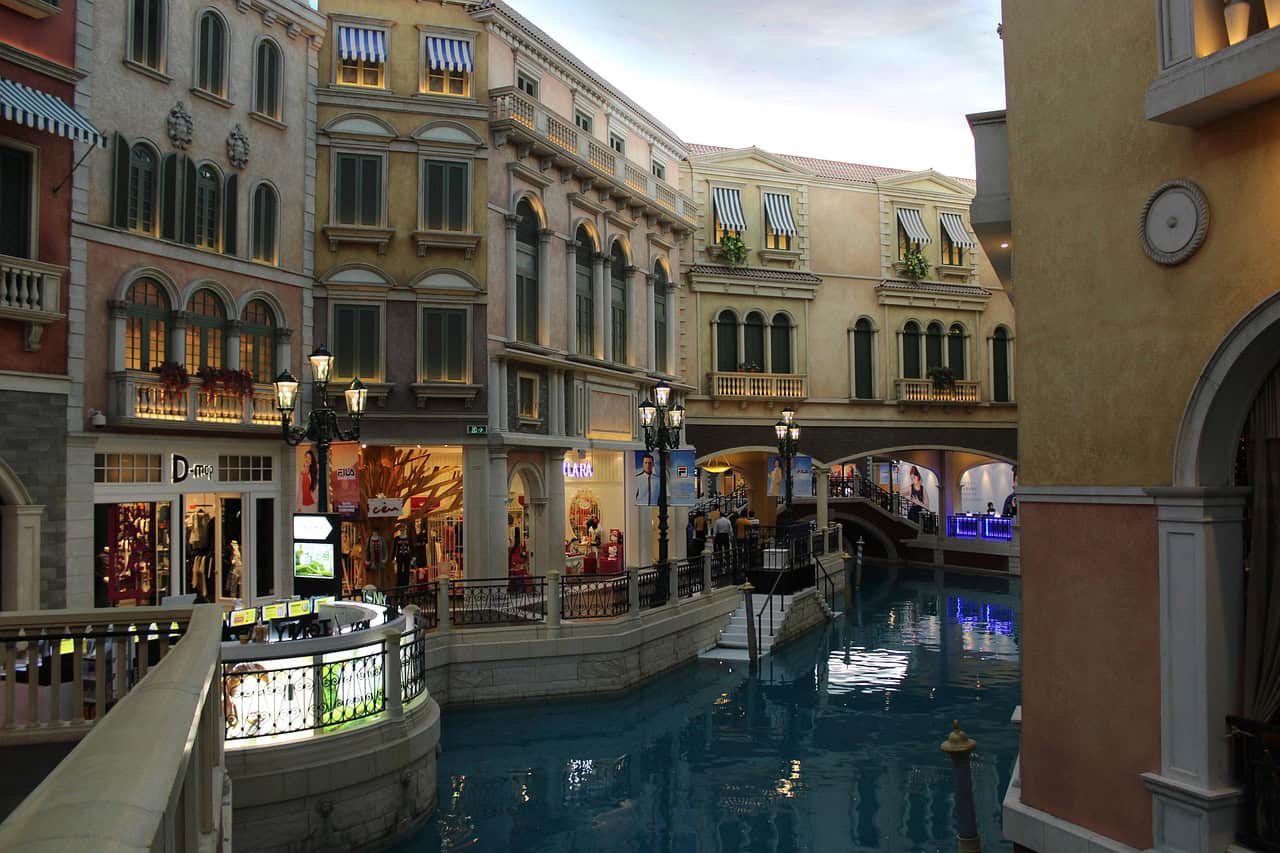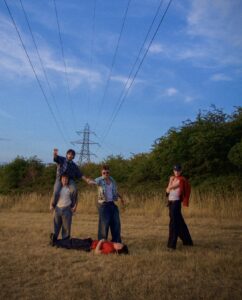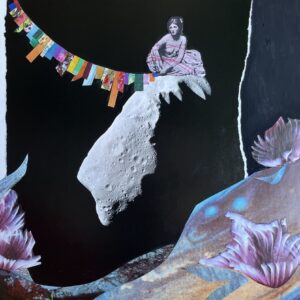The casino floor soundtrack creates an atmosphere unlike other entertainment settings. Melodic slot machine chimes and carefully selected background music shape the gambling experience. The music styles have shifted over time, reflecting changes in taste and increasing knowledge of how audio affects player behaviour.
Background music and casino sounds are believed to play a role in shaping how long people play and the pace of their decisions. For instance, slower soundtracks may encourage longer sessions, while faster beats can create a more energetic atmosphere.
Casino floors have changed from jazz orchestras in the 1950s to electronic soundscapes designed for different moods. The music creates a high-society atmosphere or helps players relax depending on the location. Themed casinos in the 1990s began matching audio tracks to their décor, using genre and tempo to manage player engagement and decision speed.
These changes mirror broader musical trends while maintaining the distinctive atmosphere that makes casinos instantly recognisable. Upbeat tempos encourage energetic play, while soothing melodies keep players comfortable during extended sessions. Music remains one of the gambling industry’s most effective psychological tools.
The Jazz Age Origins of Casino Soundtracks (1920s-1950s)
Gambling and jazz developed alongside each other during the 1920s and 1930s. Many speakeasies played live jazz while people enjoyed gambling and illegal drinks. The lively sound of jazz fit these venues well and kept guests entertained.
When Las Vegas started becoming known for gambling in the 1940s, casinos used live jazz bands to create an inviting mood. This style told guests they had entered a classy place. The tradition of using jazz music with gambling began there and set the pattern for later decades.
Many elite visitors, including those seeking escorts for the Hollywood lifestyle, expected a certain level of class. Early Las Vegas casinos understood this and created an atmosphere of sophistication. The Flamingo, opened by Bugsy Siegel in 1946, featured big band sounds that made guests feel like they were part of high society.
The 1950s saw Frank Sinatra and the Rat Pack transform casino entertainment. Their performances at the Sands Hotel and Casino were more than just shows. These events became cultural milestones that redefined what Las Vegas could offer as a destination.
Casino bandleaders like Antonio Morelli at the Sands became celebrities in their own right. They designed musical experiences that fit the gambling environment. They often used faster tempos to increase the pace of play while maintaining an air of sophistication.
Rock Revolution Hits the Casino Floor (1960s-1980s)
The 1960s brought major change to casino soundtracks when Elvis Presley began his legendary Las Vegas residency at the International Hotel in 1969. His performances forever altered how casinos approached entertainment. He brought rock and roll energy to venues previously dominated by jazz and big band sounds.
Casino operators initially worried that rock music might disrupt the gambling atmosphere. However, they soon discovered that younger audiences attracted by rock performances also spent money at gaming tables. This led to a gradual shift in background music throughout casino floors.
The lounge act became a casino staple during this period. These smaller performances in bar areas provided continuous entertainment without the production costs of main showroom acts. Lounge performers developed a unique style that blended jazz standards with rock influences.
Casino themes began appearing in popular music as well. Songs like “The Gambler” by Kenny Rogers and “Viva Las Vegas” by Elvis Presley entered mainstream culture. This further connected music and gambling in the public imagination.
Iconic Casino Performances That Changed Music History
Elvis Presley’s 1969 International Hotel comeback shows represent a defining moment in both music and casino history. His run brought a new energy to Las Vegas and showed that rock performers could succeed in casino venues. This opened doors for countless artists who followed.
Liberace’s extravagant performances at Caesars Palace set new standards for casino entertainment. His shows featured elaborate costumes, candelabras, and classical music reimagined with popular flair. Liberace understood that casino audiences wanted spectacle alongside musical talent.
By the late 1970s, casino venues had become top concert locations. Artists realised that casino performances offered both recognition and substantial paychecks. This shift lifted casino entertainment from being just background ambiance to world-class concert experiences.
Electronic Beats and Themed Slot Machines (1990s-2010s)
During the 1990s, electronic and ambient music took root on casino floors as music preferences changed. Casino operators started bringing composers on board to craft audio with precision. This ensured the music maintained energy without distracting guests from the games.
Slot machine manufacturers saw an opportunity to engage players more closely using music. They began embedding popular music directly into the slot games themselves. New releases themed around acts like KISS, Guns N’ Roses, and Michael Jackson featured authentic tracks during gameplay.
As a result, the casino floor became even more immersive. Games and their signature tunes boosted mood and entertainment. This gave guests another way to connect with both the games and their favourite music acts.
The rise of casino nightclubs in the early 2000s brought another musical dimension to gambling establishments. Venues like Pure at Caesars Palace and XS at Encore featured resident DJs who became attractions in their own right.
Background music is thought to play a role in the pace and mood of gambling. Upbeat tracks can create a lively atmosphere, while slower tempos may encourage a more relaxed experience. This variety helps casinos tailor the environment to different times and audiences.
Casino Music Production Techniques
Casino background music requires specific composition techniques. Unlike concert music meant for active listening, casino soundtracks must catch players’ attention without demanding focus. Composers use repetitive structures and avoid dramatic shifts that might distract players from their games.
Key signatures and tempos are carefully selected based on the intended effect. Major keys are often used to create positive, uplifting environments that encourage optimism. Certain tempos are chosen to match comfortable play sessions.
Sound designers incorporate subtle gambling sounds into musical compositions. The celebratory chimes of slot machine wins and the distinctive sounds of chips being stacked are often matched to the key of background music. This produces a unified sonic environment.
Today’s Casino Music Environment
Modern casinos feature varied musical settings tailored to different areas and player demographics. High-limit rooms usually present subdued classical or jazz, which creates an atmosphere of exclusivity. In these spaces, the music matches the upscale ambiance and encourages relaxation while keeping a sense of privacy.
Los Angeles escorts, LA escorts, and Los Angeles escort services often visit these premium casino environments where the soundtrack matches the sophisticated experience. Online gambling platforms have adopted music streaming integration. Many virtual casinos now let players select their own soundtracks or use playlists prepared by music professionals.
Casino music has become so distinctive that dedicated playlists have emerged on streaming services. Categories like “Vegas Lounge” and “Casino Jazz” attract listeners who enjoy the atmosphere even without the gambling component. These playlists offer background ambiance for gatherings or working sessions.
The Future of Casino Soundtracks
Artificial intelligence is beginning to change how casinos handle music, though only select venues have introduced real-world applications. Some Las Vegas resorts now use adaptive sound systems that automatically shift tempo, volume, or style according to factors like guest traffic patterns and time of day.
If a gaming area becomes crowded during peak hours, these systems may pick upbeat tracks to match heightened energy levels. Slower melodies are scheduled during quieter periods to support long-play and encourage guests to linger.
Virtual reality casinos introduce another new direction for gambling soundscapes. These immersive environments require three-dimensional audio that responds to player movement and focus. Sound designers are developing techniques that create convincing spatial audio.
Smaller gambling venues are increasingly featuring live music to stand out from larger competitors. This trend brings back gambling’s jazz-age roots while providing opportunities for local musicians. These performances help build community connections that online platforms cannot replicate.
The music industry continues to find inspiration in casino soundscapes. The distinctive sounds of gambling establishments have influenced film soundtracks, video game music, and even fashion runway shows. This demonstrates how casino audio has become an important cultural element beyond its original context.






